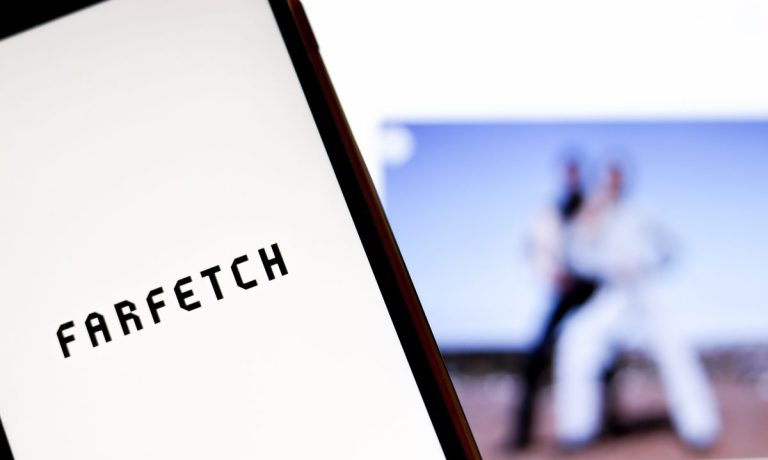
Executives at luxury retail platform Farfetch say next year will be a critical juncture in expanding beyond its core marketplace and developing deeper relationships within the industry as an increasing number of brands express interest in the company’s software-as-a-service (SaaS).
Earlier this week, for example, PYMNTS reported that Farfetch is in advanced talks with luxury goods conglomerate Richemont to become a minority stakeholder in YOOX Net-a-Porter and provide its technology to Richemont while welcoming the company’s brands, or Maisons, to its marketplace.
Read more: Marketplaces, Direct-to-Consumer Power Future of Digital Luxury Sales
“The vision of this company is to be the global platform for luxury, which goes beyond the marketplace,” Farfetch Founder and CEO José Neves said on a conference call Thursday (Nov. 18). “The marketplace is a tremendous opportunity. … But we also have a platform, and we can open the capabilities that we develop for the marketplace for other businesses.”
The company’s current flagship SaaS product is Farfetch Platform Solutions (FPS), an end-to-end suite of eCommerce solutions utilized by Harrods and over 20 other luxury companies. FPS includes a connected retail element, bringing digital capabilities in-store; expertise on the Chinese market; eConcessions as a service, which helps retailers become marketplaces and allows brands to streamline their distribution; and global payments and logistics capabilities that allow clients to sell, receive payments and handle logistics in 190 countries.
“We have a unique proposition here, as I believe we are one of the few marketplace SaaS solutions in fashion and, in my view, the only one with at-scale credentials in luxury,” Neves said.
In the coming year, Farfetch plans to modularize its SaaS offering in order to broaden the appeal for these solutions and cater to companies who may not initially need everything the platform can provide but might eventually bring other business to the company through other brands that they own.
“These are not just disparate business units,” Neves said. “This is part of a holistic vision and the flywheel that really provides value and provides a long runway to develop relationships with the luxury industry.”
The CEO added that he expects 2022 to be “a pivotal year” for Farfetch’s platform vision for its SaaS products, with “a lot to be done.”
“I continue to maintain that this platform vision expands our potential as a company in a very powerful way,” he said, adding that Farfetch believes “luxury is going to be revolutionized by the digitization of the physical experience.”
In the third quarter, Farfetch reported revenue of $583 million, up 33% year-over-year, with digital platform gross merchandise value up 23% to $828 million.
Looking Ahead
Among the major initiatives Farfetch is planning for next year is the launch of a beauty vertical, which Neves said presents “a compelling crossover proposition to luxury consumers.”
Stephanie Phair, chief customer officer at Farfetch, said the beauty offering will include a mix of both large and indie brands in the makeup and skincare space.
“We intend to enter beauty in an ‘Only on Farfetch’ way, with a very compelling consumer proposition, generating excitement through storytelling between fashion, beauty and innovation to appeal to fashion lovers,” Phair said.
Farfetch will also double down on its fulfillment capabilities, Neves said, with “many initiatives” to increase the volume shipped from its distribution centers in the U.S., European Union and China. The CEO added that this will be a “major factor” in reducing long-term logistics costs and boosting order contribution over the next several years.